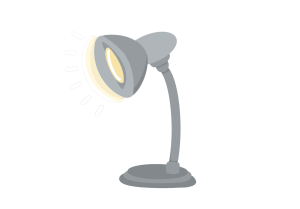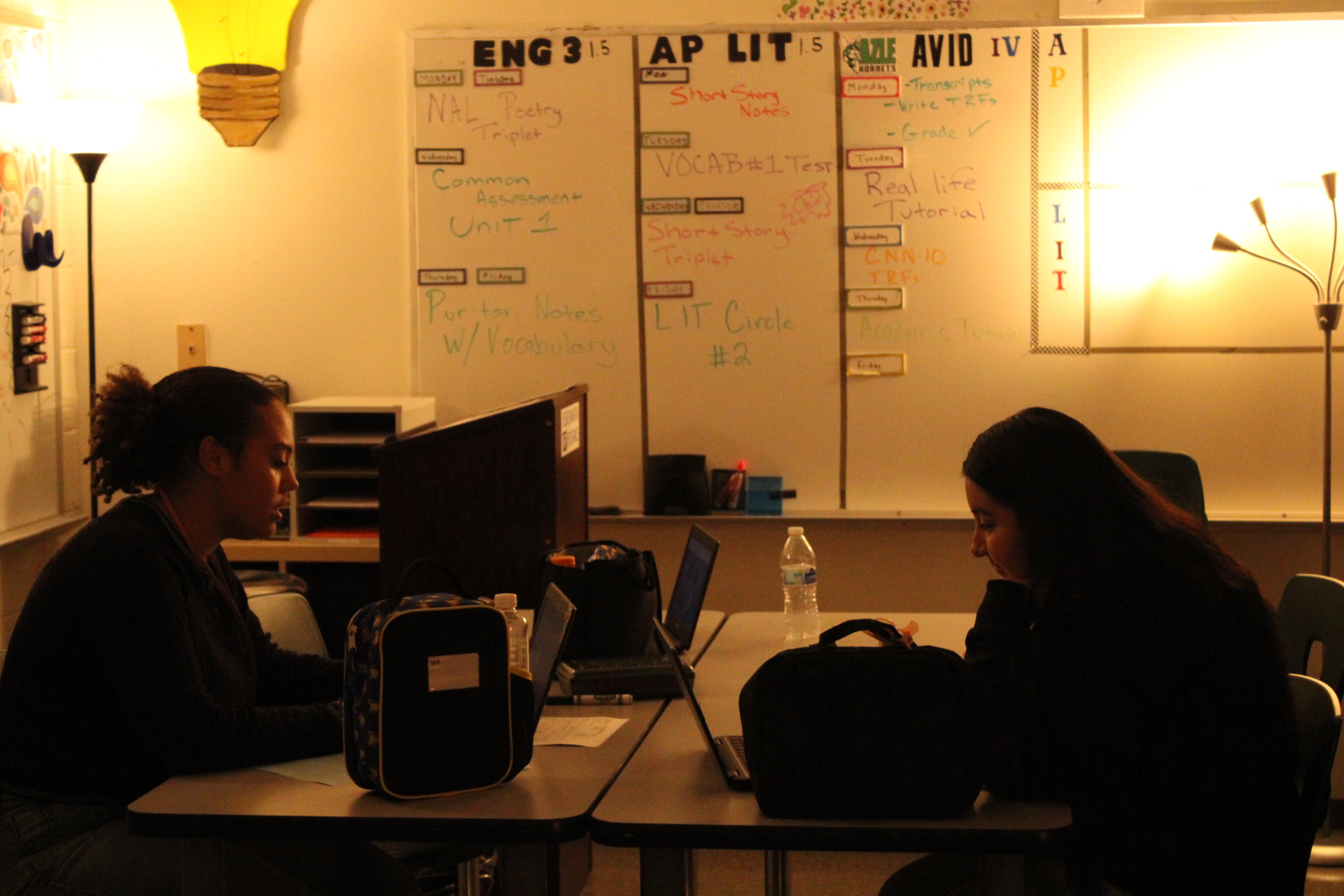Schools across the country resort to the same bright fluorescent lighting because it lasts a long time and isn’t expensive. These lights illuminate the whole room well, but is it the best for students’ education?
Lighting might seem useless, but light affects how you work every single day. According to Phys.org, Diurnal rhythm adapts our bodies to a 24-hour cycle of light and dark. Light regulates things such as our sleep patterns, body temperature and levels of stress hormones. These examples may seem small, but they can even affect your mental health, physical health and overall well-being. Research shows that good lighting is crucial for a positive working space.
“The bright lights remind me of a hospital,” Sophomore Acelin Trevino said. “The walls and lights seem to blend together. They just make me sick.”

Fluorescent lighting causes eye strain, headaches and overall discomfort, which creates an uncomfortable environment for everyone based on an article from theraspecs.com. According to a 1995 study by Dr. Ellen Mannel Grangaard for the Institute of Education Sciences, fluorescent lighting can contribute to off-task behavior like daydreaming, talking and interrupting.
“I have been lamp-lit for about five years,” English and AVID teacher Sarah Milosh said, “and I have noticed a considerable improvement in classroom behavior, overall less sleeping and more engagement.”
On the other hand, too dim lighting can have the opposite effect. Dim or flickering lights can cause students to have trouble focusing and retaining information. However, this is an easy problem to fix. The light needs to be bright enough so students can still read and function properly, but dim enough for a cozy environment. In this case, you would go for soft mood lighting and warm accent lamps.
“I feel like I work so much better in mood lighting,” junior Reagan Holland said. “It feels so much more productive.”
The quality of light in the classrooms is more important than some would expect. Lights apply to our everyday life, and people don’t even realize it. Teachers, next time you are in the classroom, observe the behavior in your room, it may just be because of the lighting.


